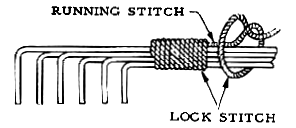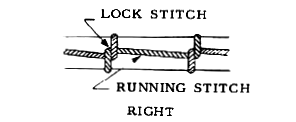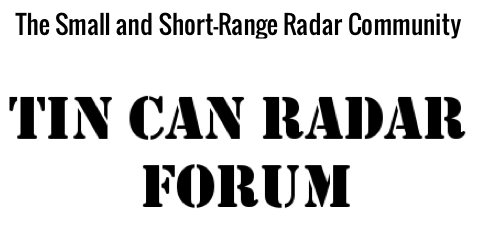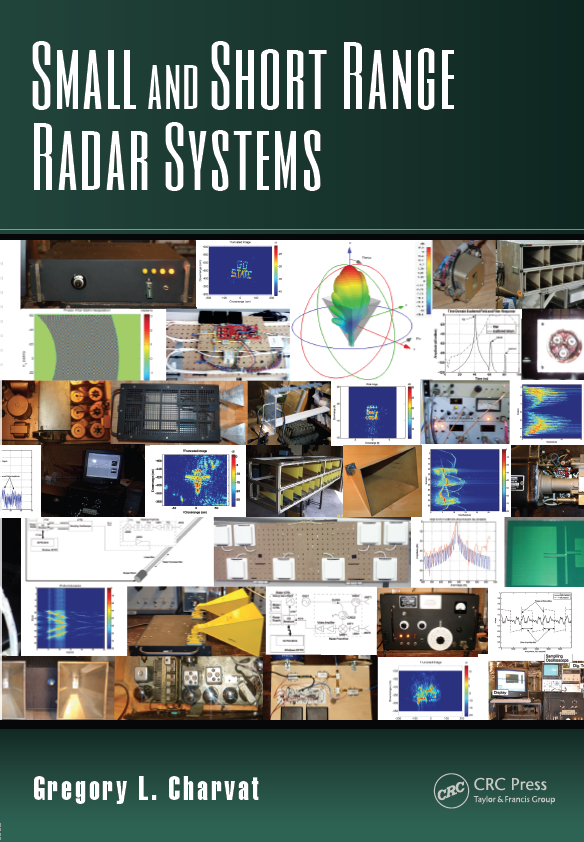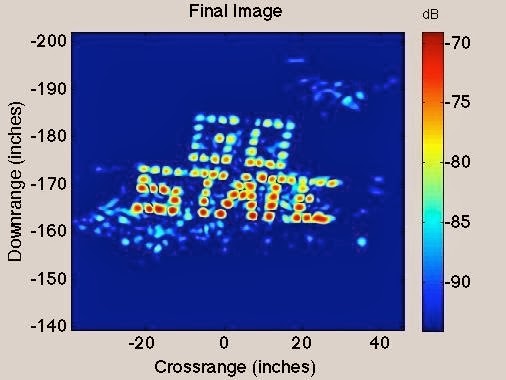
I have received many questions asking why
I prefer the sound of tubes more than all of the solid state amplifiers i have heard to date. Fortunately, IEEE Spectrum has addressed this tube sound phenomenon and the industry of tube amplifier manufacturing in,
'The Cool Sound of Tubes.' One of the most interesting parts of this article is the comparison of several different solid state AF gain stages to triode and pentode equivalents. It was found that the triode produced the least harmonic distortion and provided greatest dynamic range of all. It is important to note that these test circuits did not use degenerative feedback which would certainly lower the harmonic distortion in all circuits, it would be interesting to perform this test.
Non the less, i think this is a fine article discussing the tube vs. transistor issue and it provides an overview of those who prefer to use tubes and have a the best reasons to do so.
 I found this awesome youtube video of a airborne SAR data set from all aspect angles. Apparently you can download this, the
I found this awesome youtube video of a airborne SAR data set from all aspect angles. Apparently you can download this, the 

